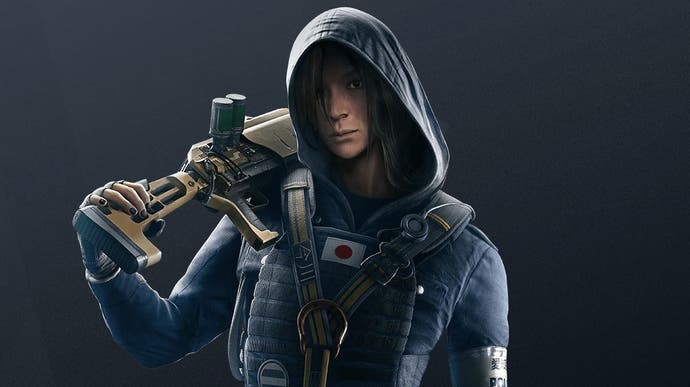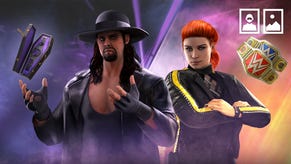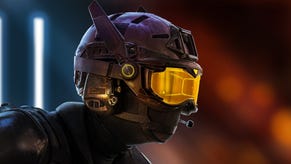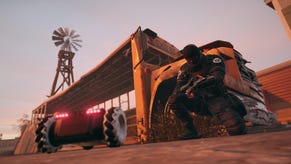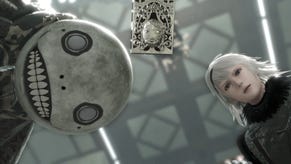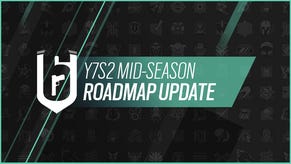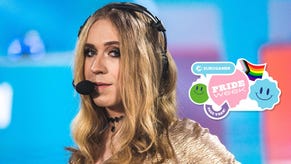How Rainbow Six Siege brings diversity to the military shooter
Using all the colours in Team Rainbow.
If you're at all familiar with the Tom Clancy brand of military shooters and espionage games, a portion of the fandom around Rainbow Six Siege might surprise you. A contingent of the usual series enthusiasts is there, lovers of phrases like breach and clear, who know the difference between a clip and a magazine. Beside that familiar lot though are a community who like to do cosplay, who have Tumblrs full of cute fan art - a community who have embellished the game with a personality richer than anything in the game itself.
Games like Overwatch are well known (infamous?) for their enthusiastic fan communities, filling the internet with all manner of fan art, but there's never been this kind of response to a Tom Clancy game, especially not the tough as nails Rainbow Six series. What changed?
Operators. These hero types for Siege's multiplayer portion are implemented similar to Overwatch with unique abilities and weapons. They stand out in gameplay terms but are reinforced with varied characters. I love Sam Fisher as much as the next gal but Tom Clancy games are usually led by gruff white men and after dozens of instalments it's a bit tiresome. Now, Rainbow Six has always enjoyed an international cast, though they've never had all that much personality in the games, but the real change is in gender balance. Rainbow Six Lockout (a not very good game) first introduced women to Team Rainbow, but the balance in Siege was much better, improving with each subsequent update till at the time of writing there are 17 women in the 47 Operator roster. Admittedly this still leaves almost two thirds male but in a world where other military shooters, especially those leaning towards realism like ARMA, feature no playable women at all, Siege stands out.
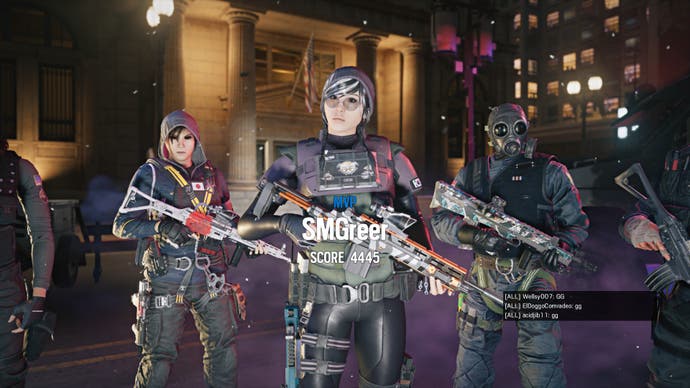
I've played Rainbow Six since the original but Siege pulled me back in hard and a big part of it was the diversity in cast. Men and women from all around the world - not to mention, they had more memorable designs. While it might break realism to have them not all wear the same uniform, letting them all have personality in the outfits they wear makes for a richer game. Hibana, a Japanese Operator introduced in the game's Year One content, was the one who I saw and instantly wanted to play as. She's still my favourite, and the elite skin they recently added for her felt like vindication.
If you go to the fan communities it's generally these women who have garnered an adoring audience of artists. "I fell in love with Ash at first sight," says Sh1no, an artist of 35 years who's done various pieces for Siege (fair warning, some of them are distinctly NSFW). "I had never played, but I was attracted to various characters when I watched the game. It was difficult for me to play the game but it is also a pleasure."
TB Choi is a freelance character visual development artist in South Korea who has created several pieces of fan art of Siege. Her favourite character? "I saw Dokkabi in Siege and I totally fell in love with her," she says. "I think I love her because I'm very shy and can't hang out with people well, but she looks like she can do everything."
Nothing like this existed prior to Siege.
In turn Ubisoft seems to have acknowledged this with recent Operators having more elaborate backstories and new trailers delving into their characters. When I spoke to community developer Craig Robinson for VG247 last year he admitted this was no accident. "We've recently created a new team, a production team that is solely dedicated to coming up with these backstories for Operators and for giving them more personality and for making them more people instead of just Operators in a video game."
The diversity of the Operators wasn't an accident either. "It's absolutely a conscious effort to make sure we have a diverse cast of Operators so people can feel like they're part of the Rainbow Six universe."
The creation of these Operators is a huge collaboration though, and not just between the game's writers and designers but its audience too.
"We're extraordinarily lucky, in that our game is built on and around our Operators," says Leanne Taylor-Giles, senior writer on the game regarding their process. "We're working to meet our players where they show us part of their passion for the game lies - in imagining the out-of-combat interactions between our Operators, and what their world might look like. We want to give that information to our community, see them build on it, and fuel this wonderful feedback loop of creativity that we find so energising."
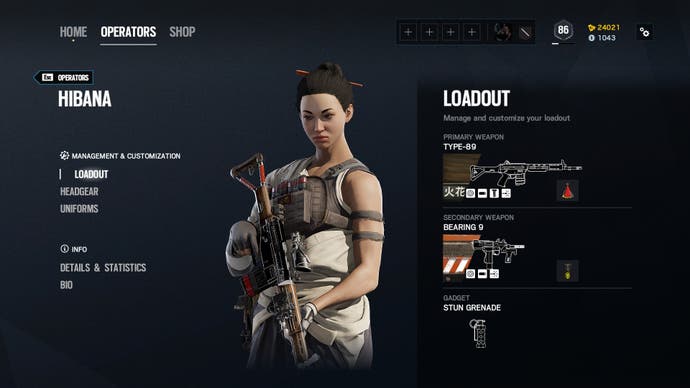
Of course the creation process isn't led by writers, rather it starts with the needs of the game itself.
"We usually start with the country, look at the prototypes that the Operator cell for that Season has come up with, and play around with them until we start to narrow down what the gameplay is likely to be," Taylor-Giles explains.
"By that point, we'll have collected research on possible backstory avenues and will choose one that meshes well with the gadget's intended function. From there, we write the bio and psychological report, check in with our experts, and continue tweaking minor details as the gadget is finessed. Every Operator is a true collaboration!"
Still, The Hammer and the Scalpel trailer, below, didn't advertise any new content for the game, it was just a big CGI trailer delving into Team Rainbow's interpersonal relationships and out-of-work activities. It's not much, but I do love it (putting Dokkaebi in dungarees is too perfect), fleshing out the spaces between tense and lethal missions. It's something I want to see more of, to the extent I'm left wondering if a future story-driven Rainbow Six title couldn't just be a series of small scale interpersonal dramas intercut with counter terrorism. A girl can dream.
I'm not alone though, if the fan community is anything to go by. Demand for the same from games like Overwatch speaks to fanbases who want to invest in a big cast of heroes and their interactions. Given the success of movies like The Avengers at the moment perhaps this isn't too surprising, and when those films can handle the small moments between the big fights so well, maybe it is time to wonder why games haven't tried the same.
Regardless of the future, Rainbow Six Siege has proven the difficulty and genre of a game doesn't matter. While historically many would have assumed women would have no interest in tense and strategic military shooters, Siege's success speaks to the value of diversity. For a team in the trenches of supporting an online game over four years, a community like that, full of love and enthusiasm can be a real boost, says Taylor-Giles.
"Knowing that people love these characters as much as we do, and that they're invested in both their pasts and their futures, is incredibly affirming. Anytime I need a pick-me-up, I take a look at the player-created content shared by our amazing community development team. The energy boost it gives me is better than a cup of coffee!"
Siege shows that even with some modest inclusion, you can expand the scope of who plays your game. Being a tense, difficult shooter isn't the barrier to new people being interested in the game. Who they get to be in that game is.
